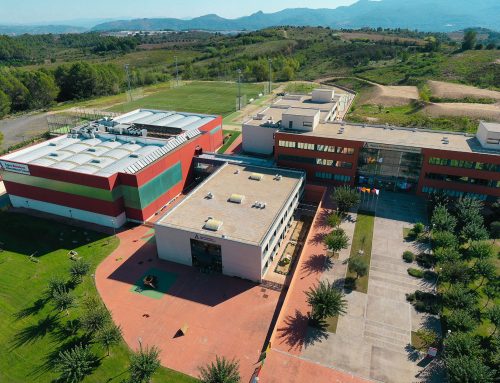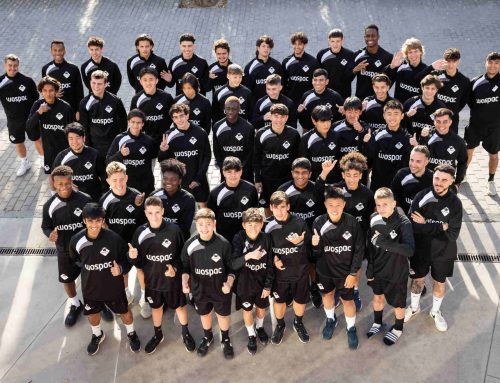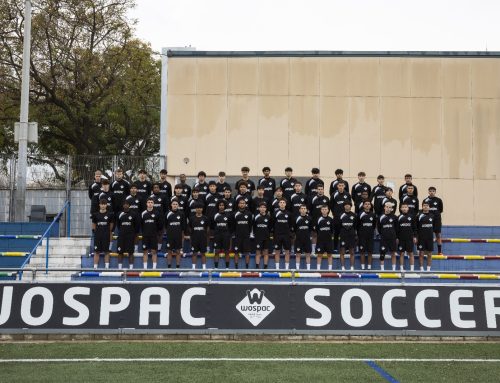THE INSTEP TOE-OFF

This is the front part of the foot, which extends from the beginning of the toes to the ankle. The instep strike is the most commonly used by players to take a shot on goal, as this area of the foot provides strength to the shot. It also allows the ball not to take any kind of spin, and therefore, to reach its destination in a straight line.
The instep strike causes the shot to lose precision, although this can be corrected with practice. It is usually used in long distance shots, such as goal kicks, clearances or strong shots and long distance shots, among others.
The technique that must be carried out to properly perform the full instep kick can be divided into the following phases:
– Initial phase: the player should be slightly bent towards the supporting leg.
– Preliminary phase. Running: the player has to control the speed of the run, which will depend on the distance to the ball and the strength with which he wants to execute the shot.
– Support foot: the player must position himself close to the ball, but at an adequate distance to be able to execute the action.
– Support leg: this is the leg in charge of providing balance, so it has to be slightly bent at the time of the shot in order to balance the body.
– Arms: they must be slightly open and the elbows slightly bent to provide balance.
– Moment of contact: the player has to make a flexion of the foot as wide as possible, which can be even more than ninety degrees.
– Subsequent phase: the player’s body will follow the inertia of the strike towards the same direction in which his target is located in order to provide him with the greatest possible force.
Follow our tips and take your soccer to another level. If you want to train like the pros, take a look at our annual or short-term programs and train with the best in an athlete’s residence with the best conditions.




